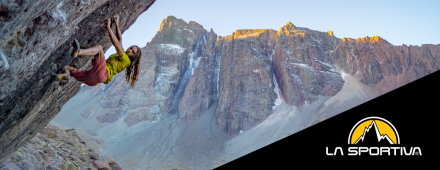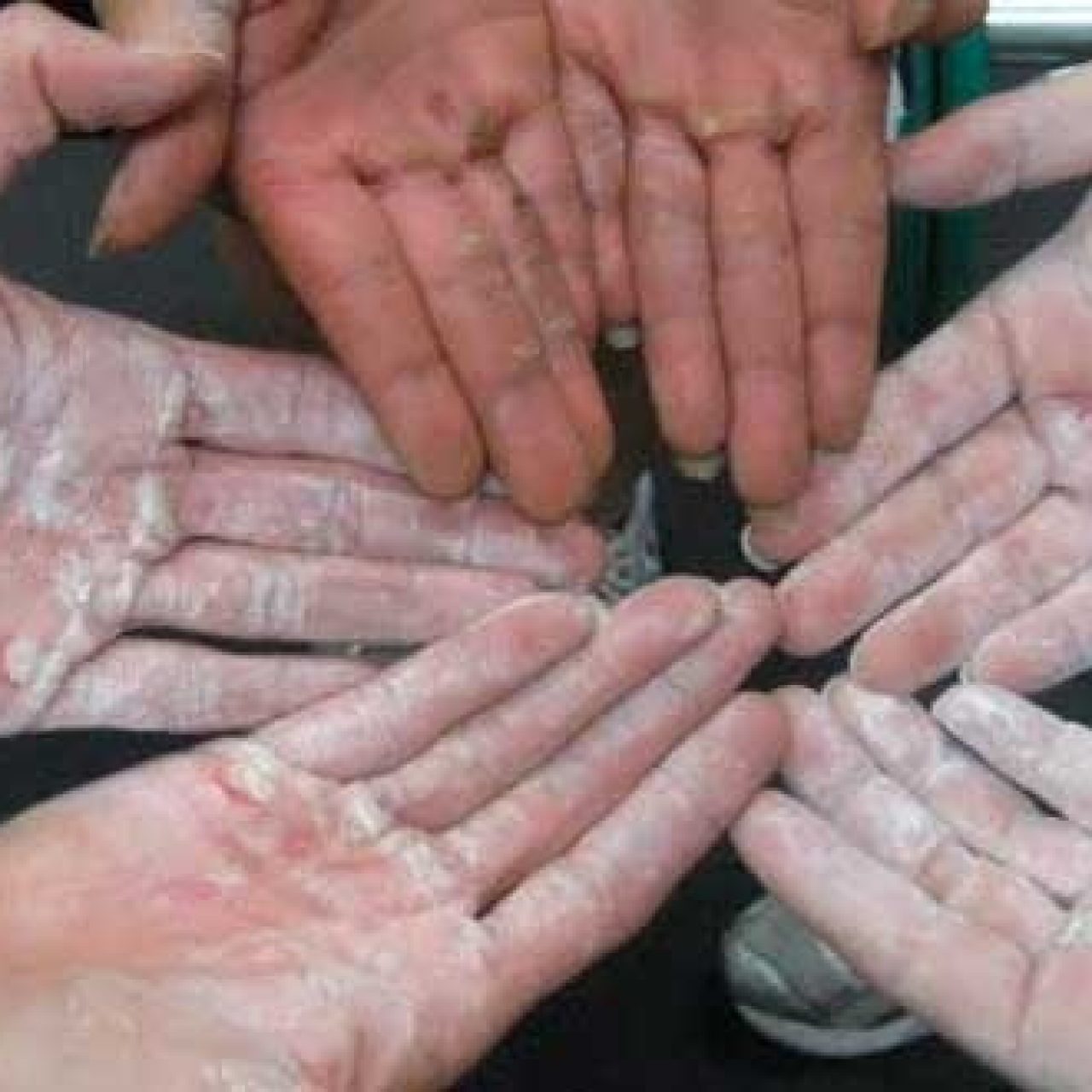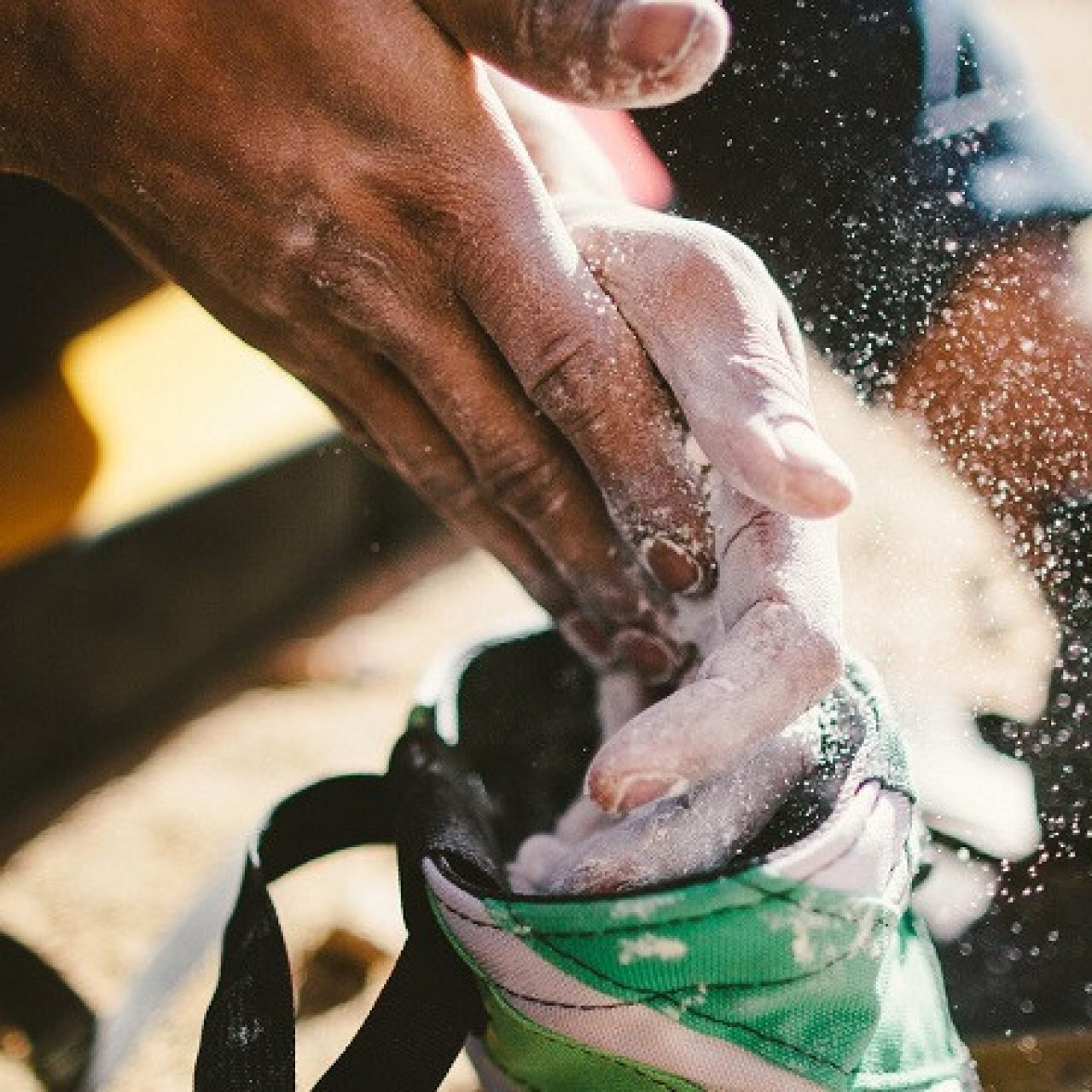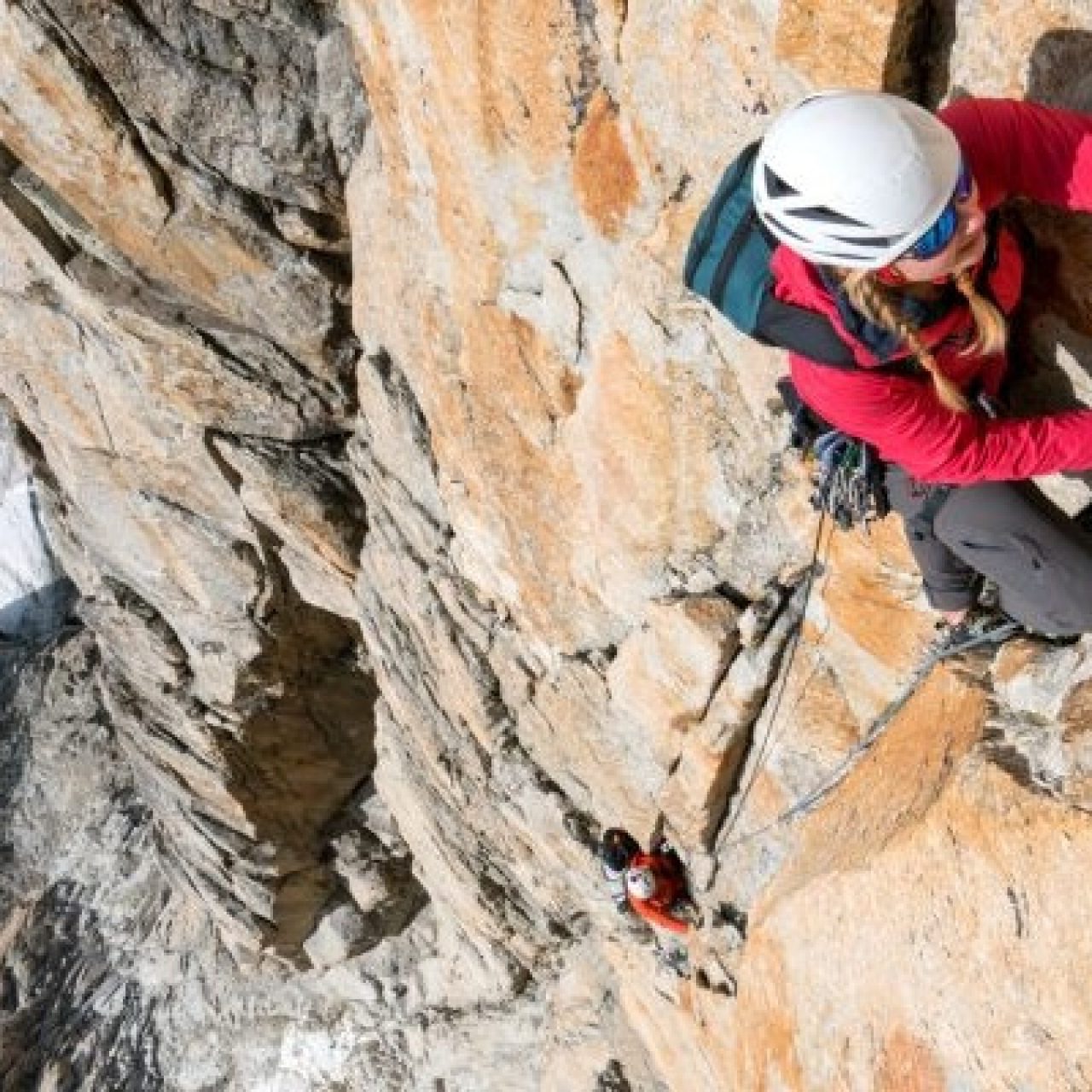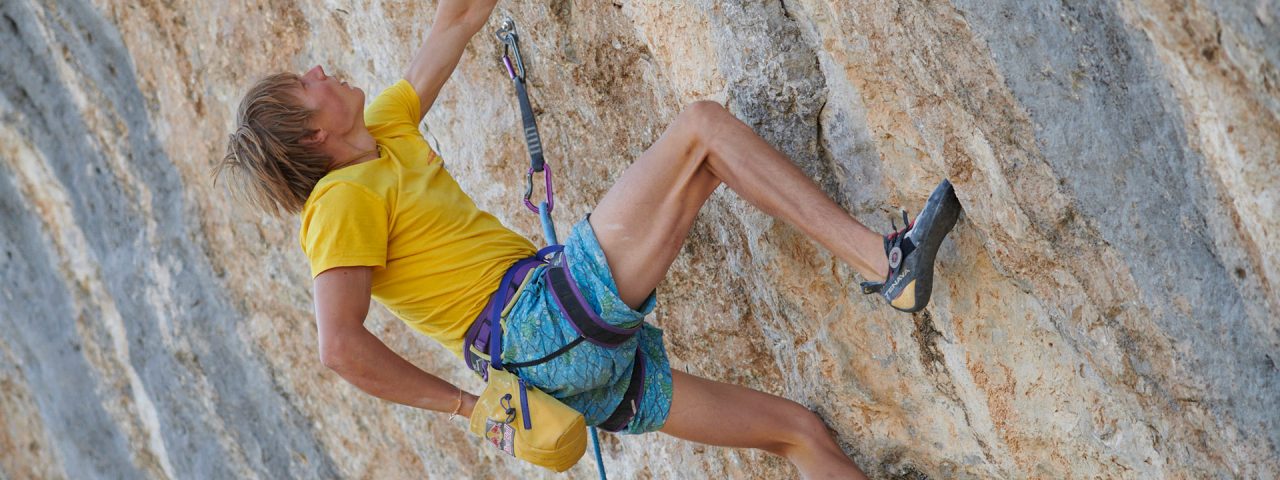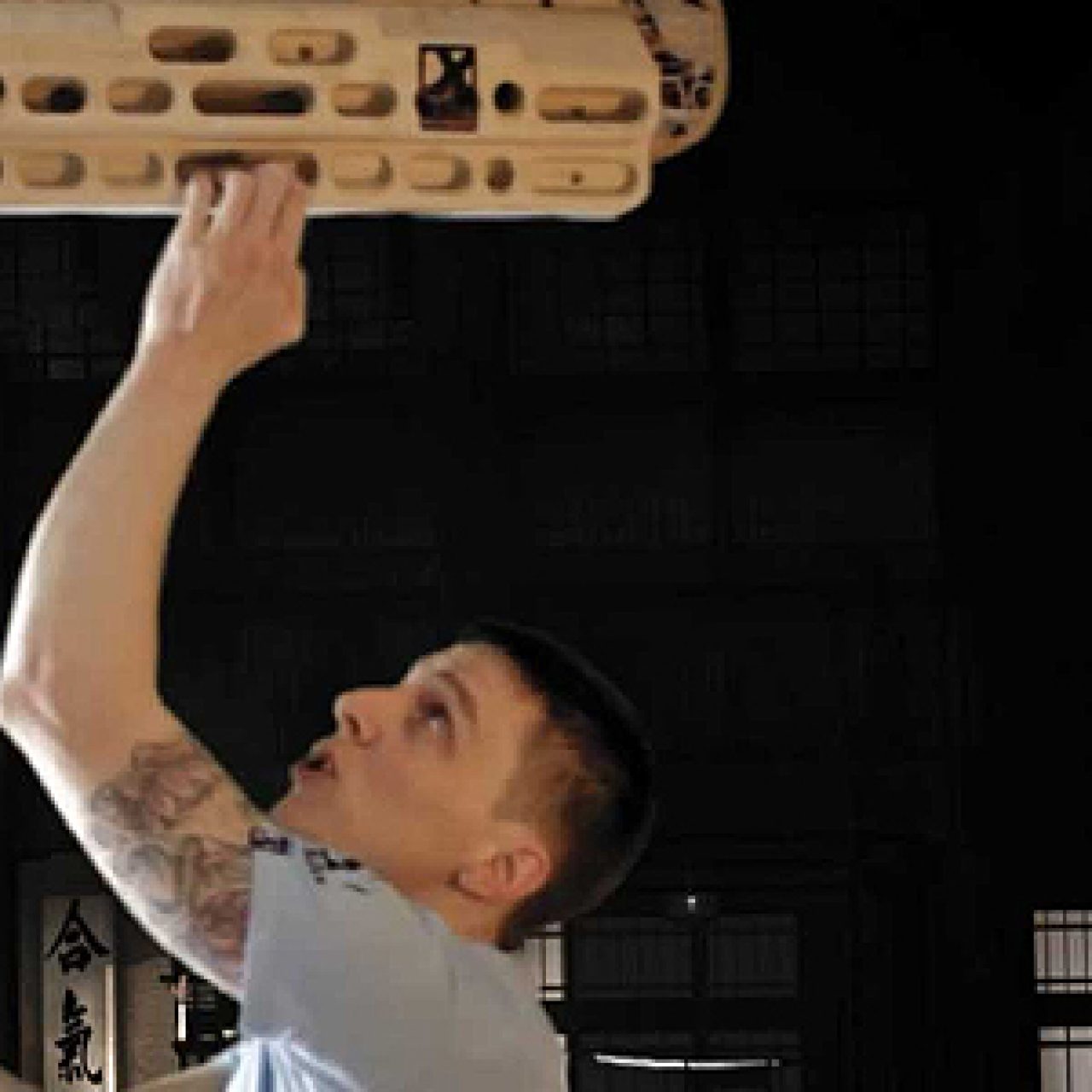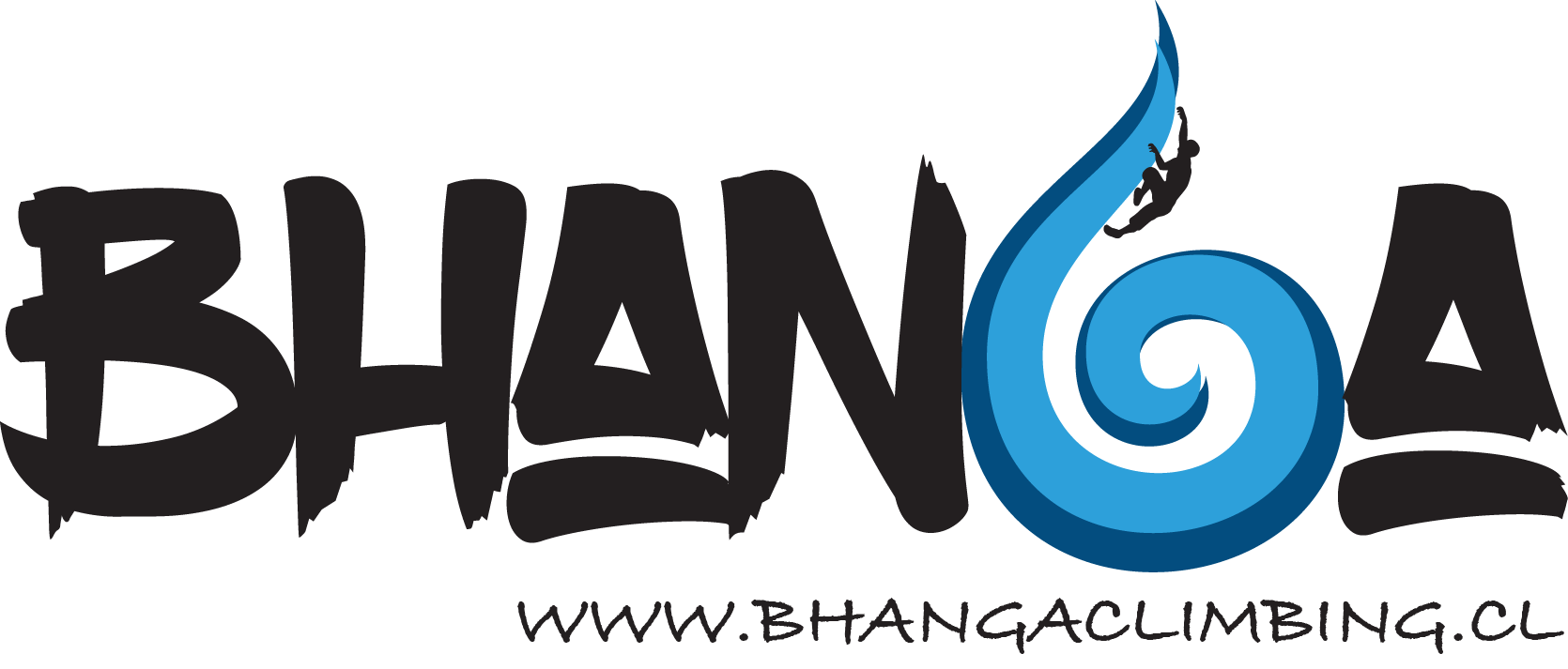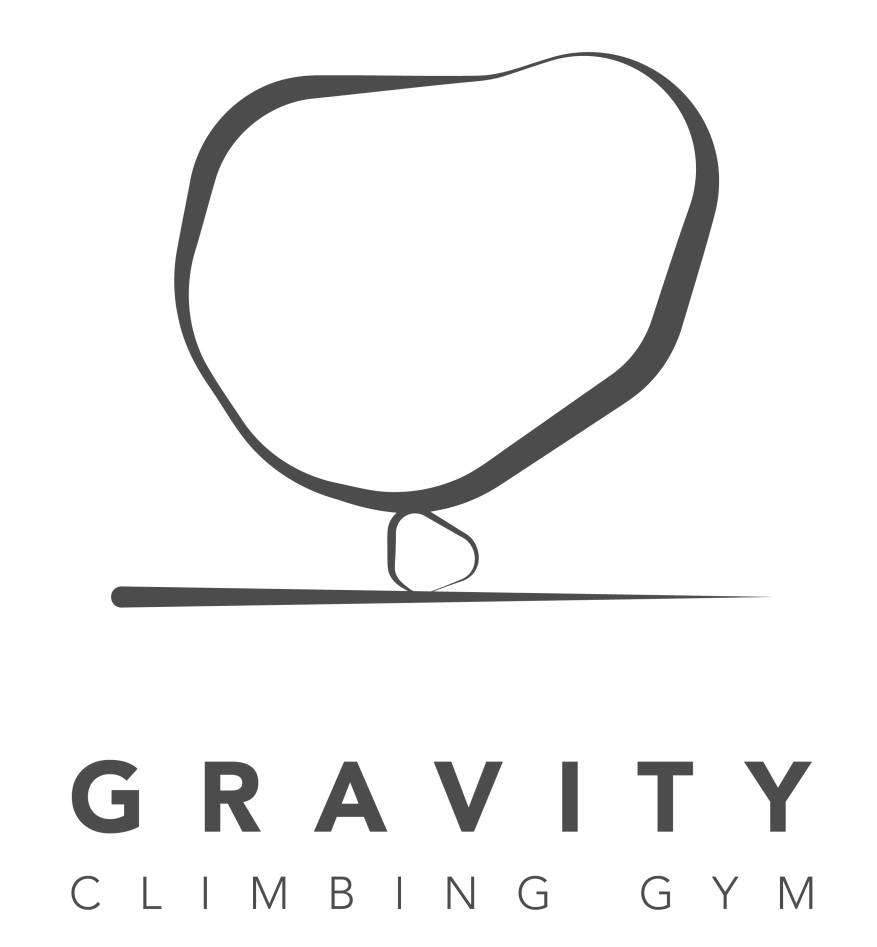Discapacitados rompiéndola en grandes paredes; Un video que te mostrará que todo es posible
El gran escalador octavo gradista Urko Carmona junto a Javi Aguilar, un escalador no vidente, nos demuestran que no existen límites a la hora de enfrentarnos a nuestros objetivos.
Esta vez, han escalado sin ayuda de otros escaladores una vía llamada Costa Blanca, de 250 metros , graduada en 6c+ situada en el peñon de Ifach ( Calpe ).
Para los que no conocen a este par de escaladores, les recomendamos ver este video, el cual te ayudará a ampliar tu visión de la escalada y te permitirá disfrutar aún más de este hermoso deporte.


